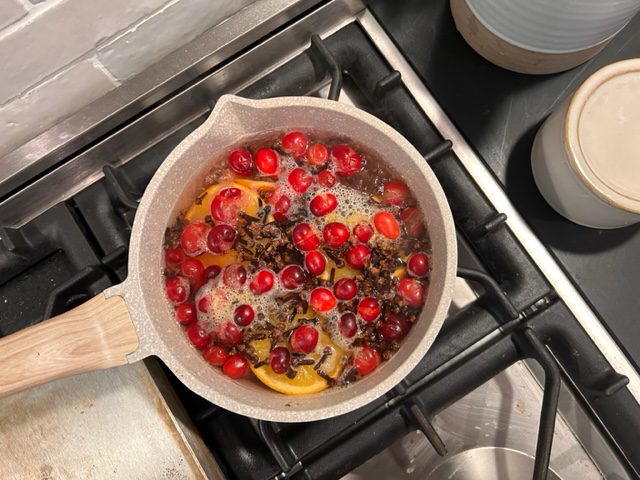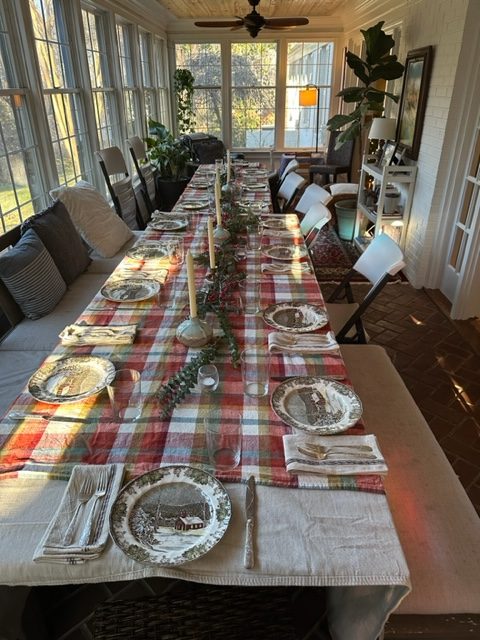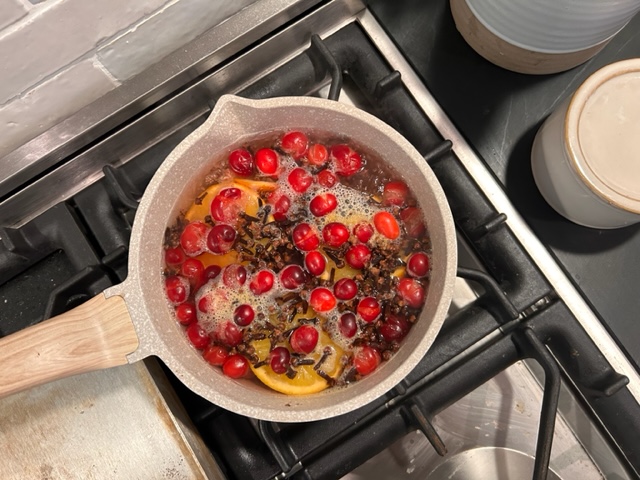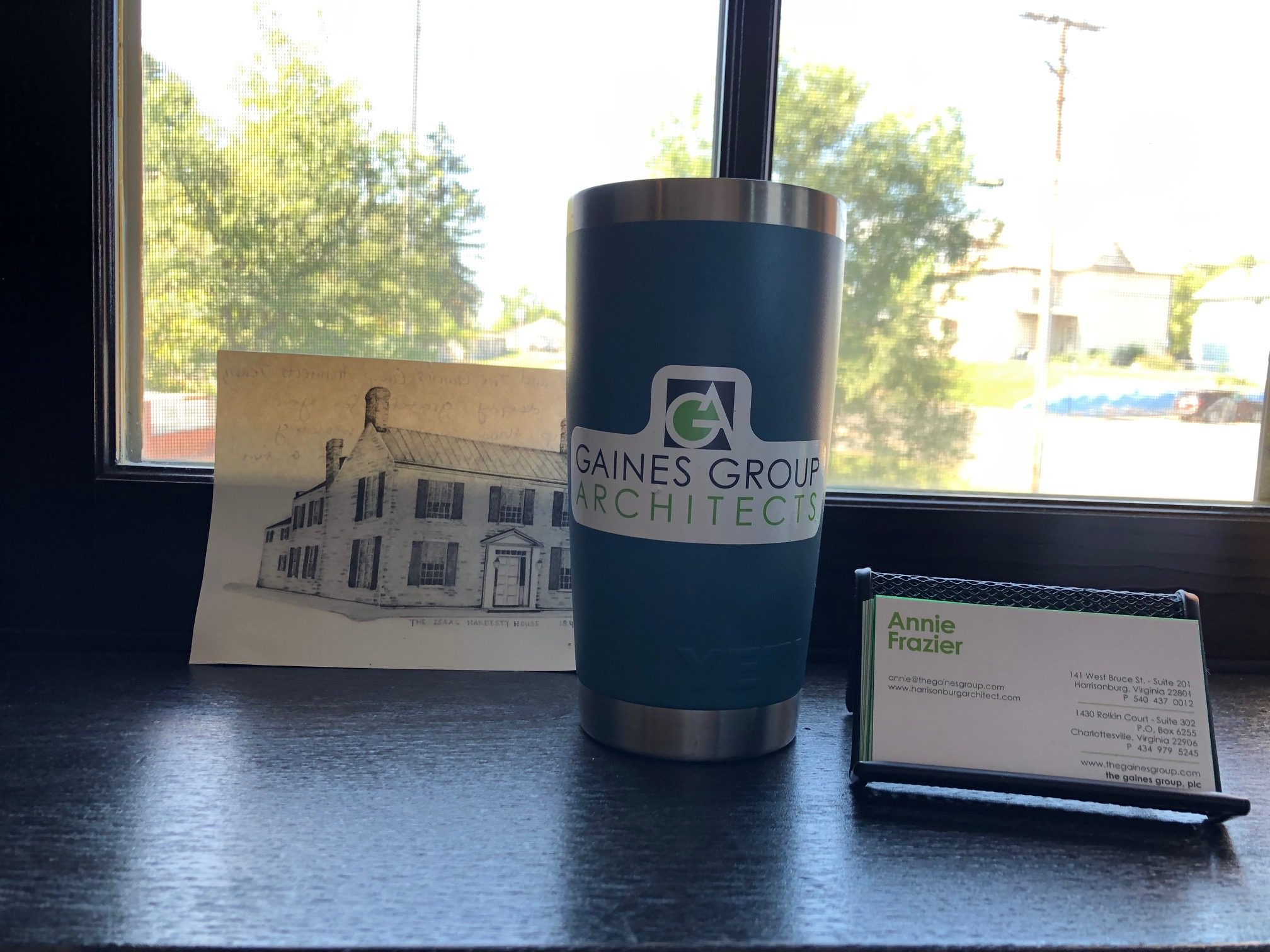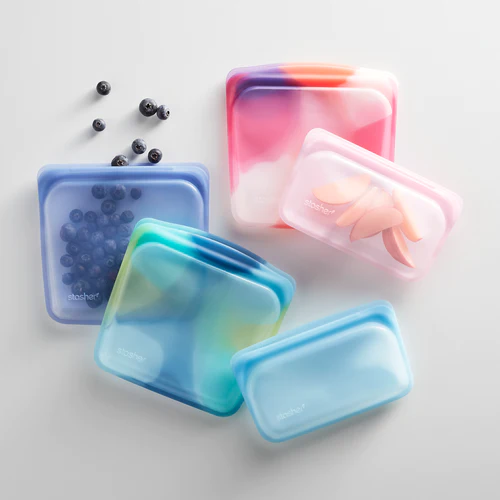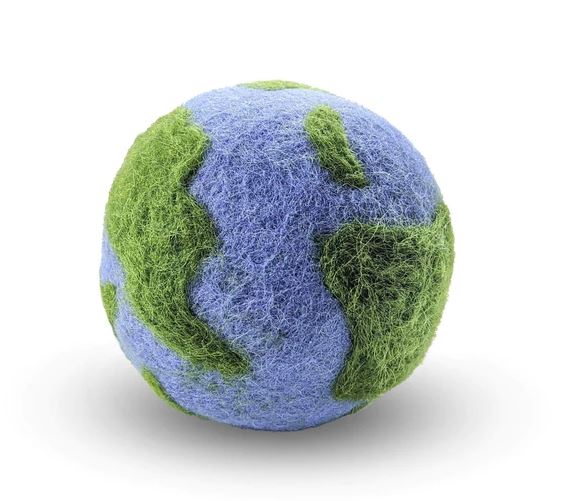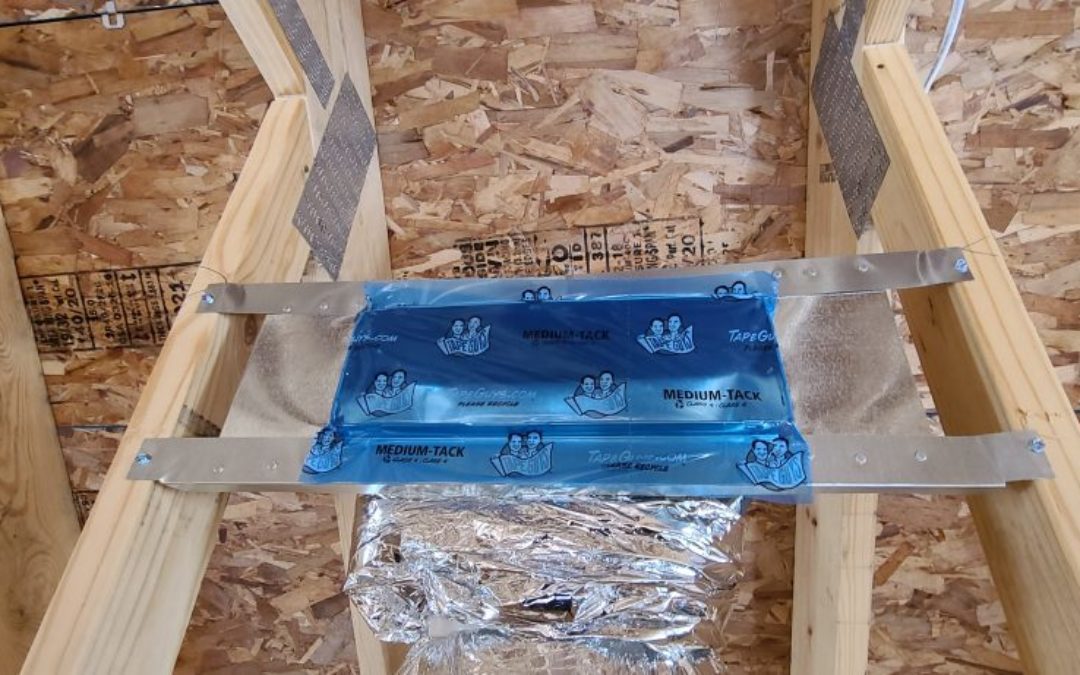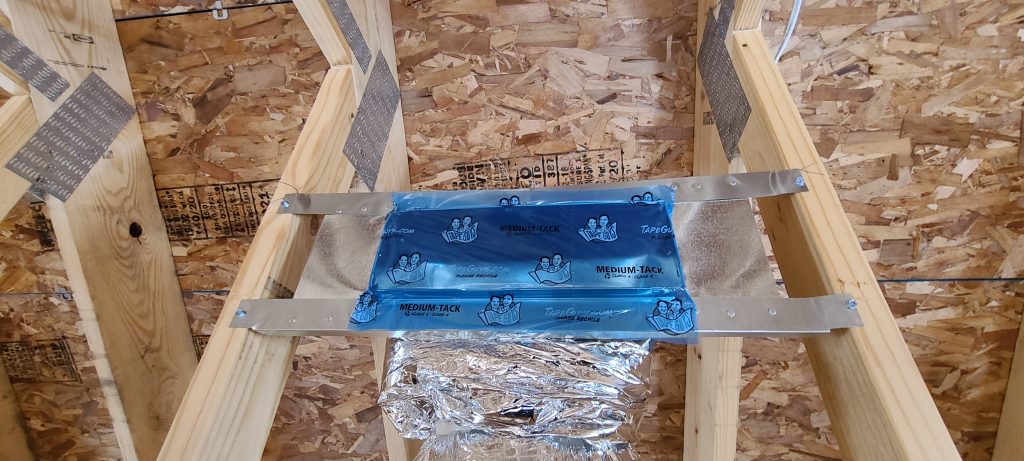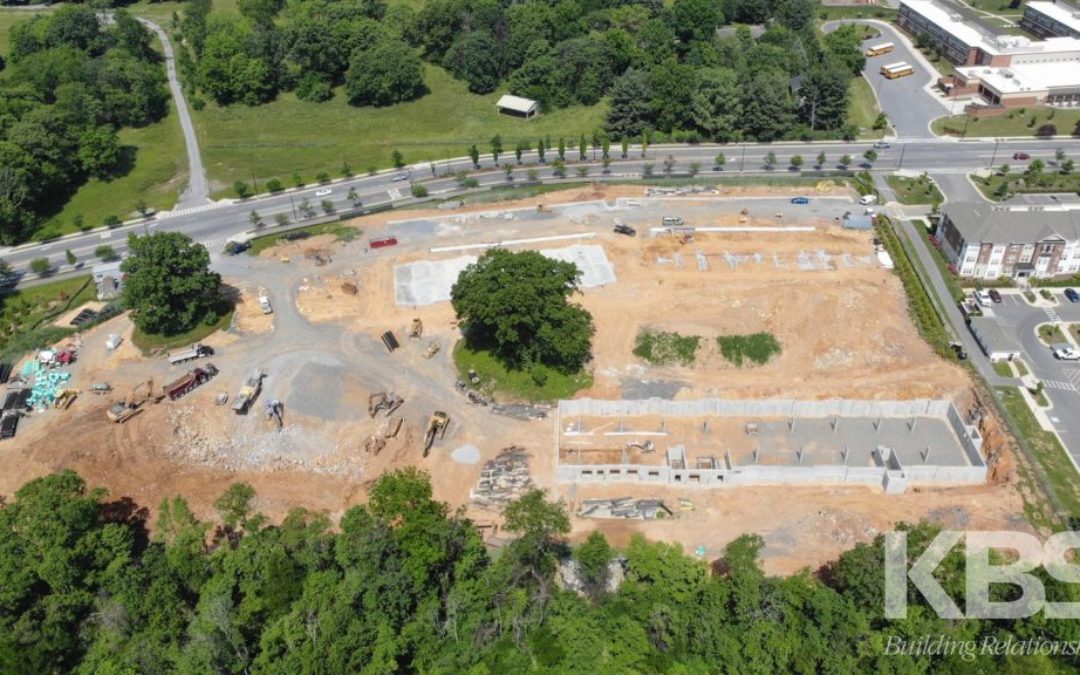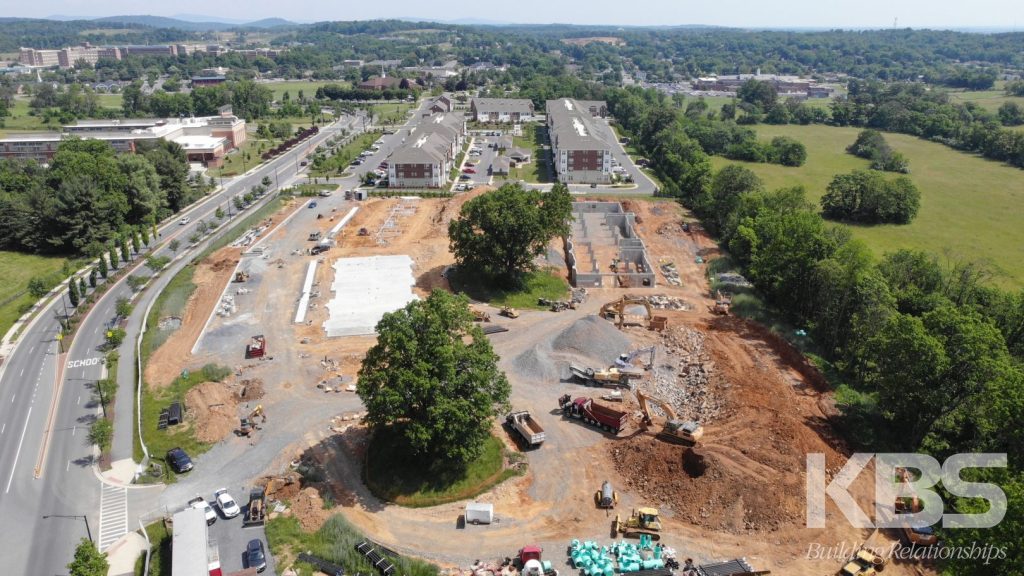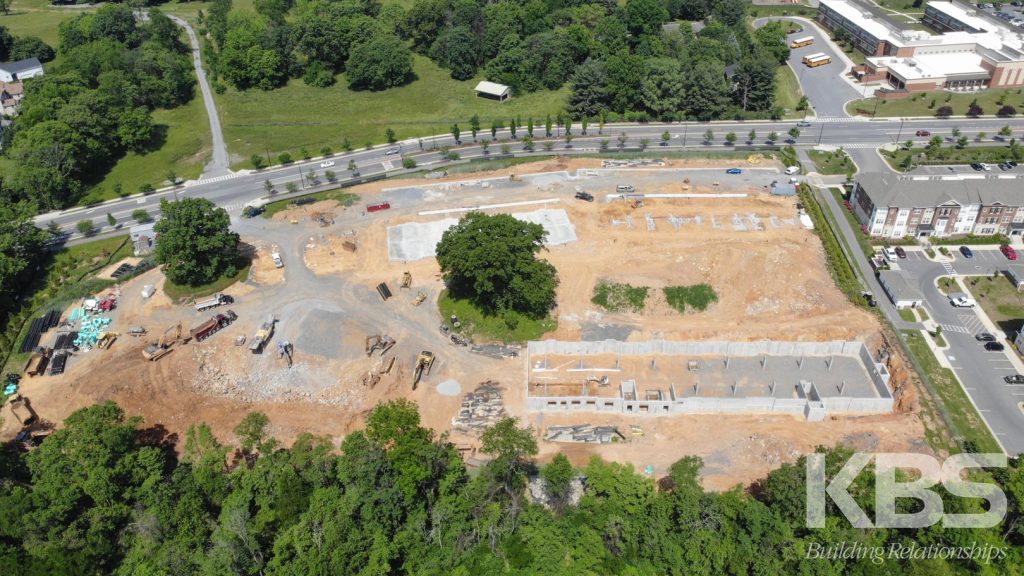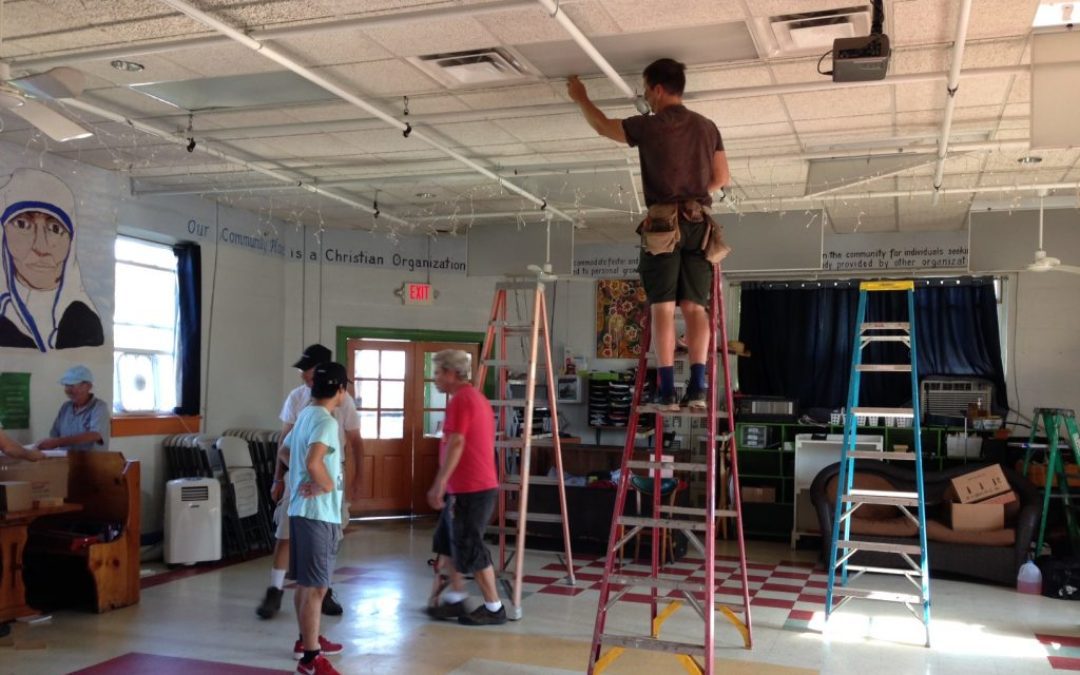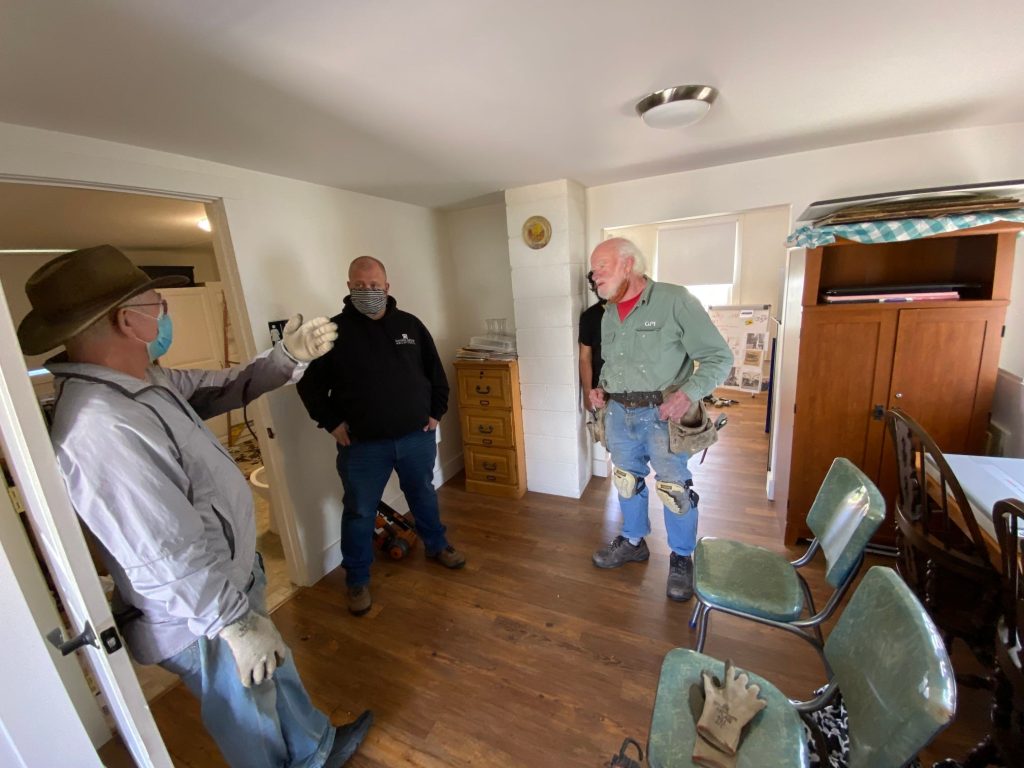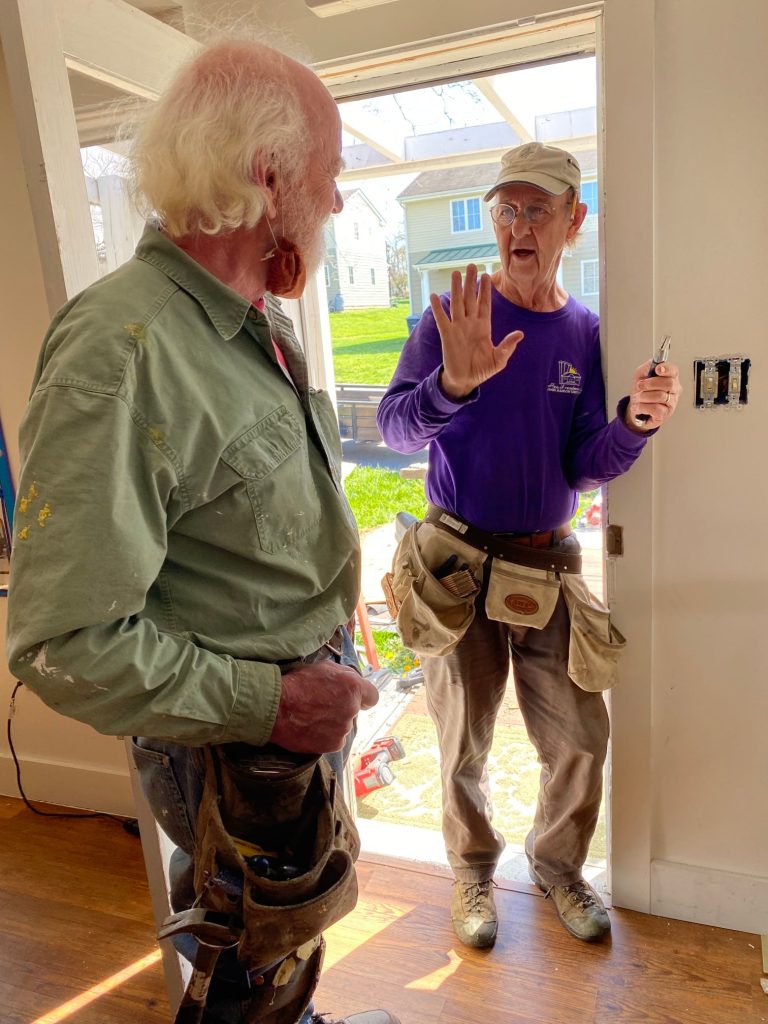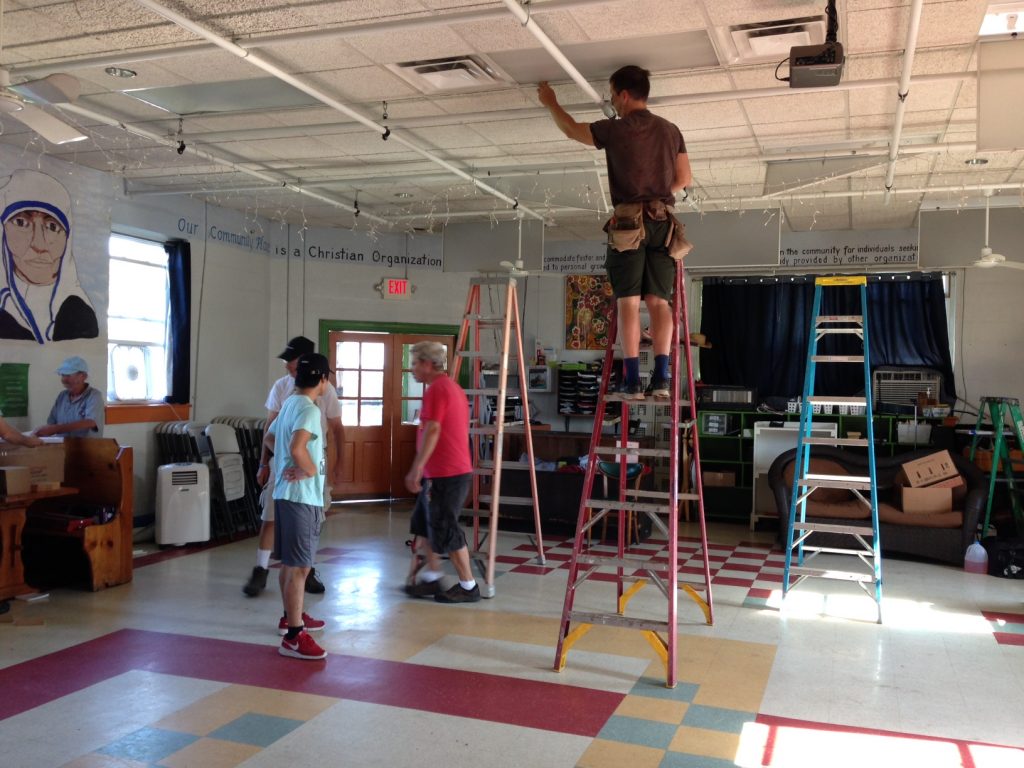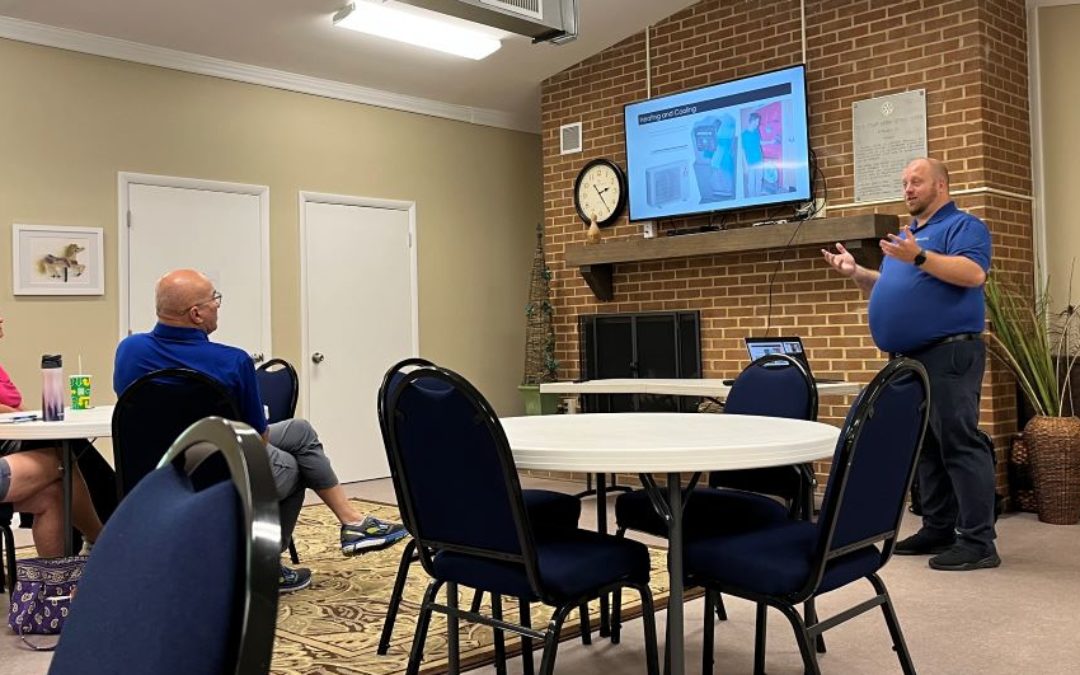
Air Quality in the Home: VOCs and Envelopes
Recently, Charles spoke at “Living Well in Your Lifetime Home,” a workshop featuring three certified aging-in-place specialists and industry experts: Charles; Amy Homan Depoy, OT/L, founder and owner of Cardinal Care, LLC; and Gabby Koontz, principal of Rendered Homes. This event was sponsored by VPAS in partnership with Harrisonburg Parks and Recreation. What a wonderful opportunity to share with the community.
While Charles discussed a wide range of designs and considerations, he highlighted indoor air quality as a very important design consideration for everyone. This is especially true as you age because you can become even more sensitive to poor air quality.
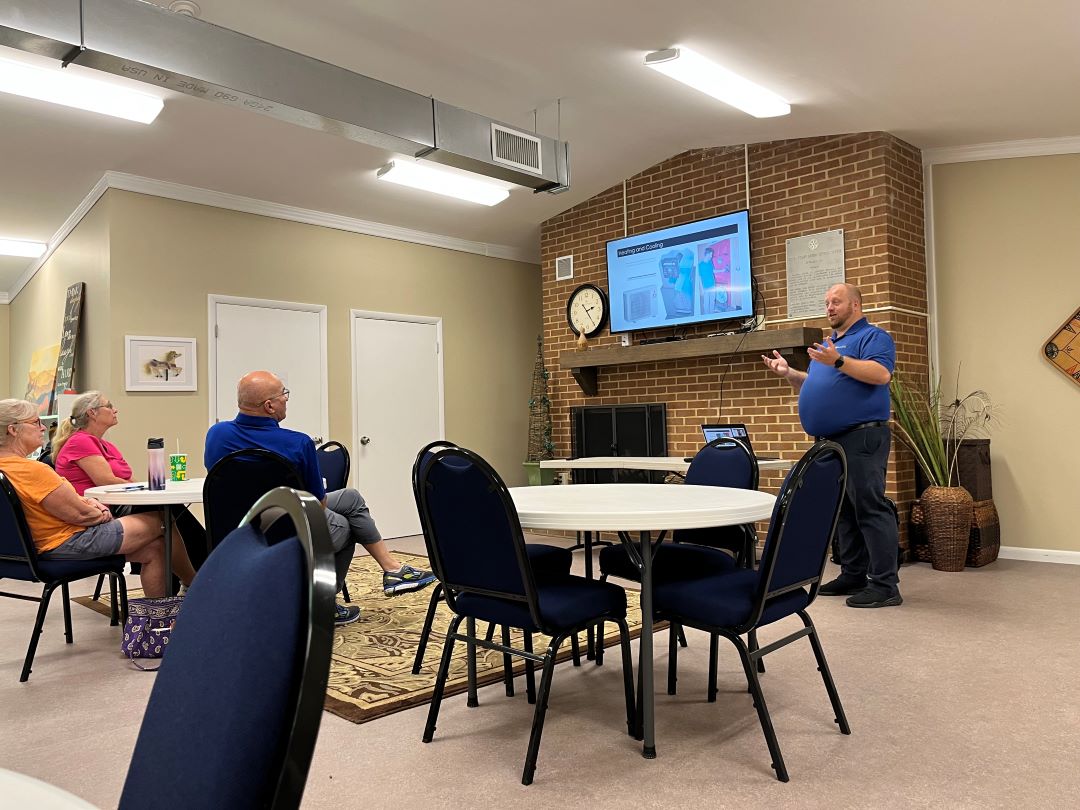
VOCs
There are many considerations when it comes to indoor air quality, and one is VOCs, which are present in all of our homes and potentially hazardous to our health.
VOC stands for Volatile Organic Compound. Many products used in home construction have these chemicals that are released into the air post-installation, called off-gassing. You might be surprised to know that VOCs are in every house and can be found in many common products including paints, lacquers, paint strippers, cleaning supplies, pesticides, building materials, printers, correction fluid, and glues. This is something to be taken seriously. VOCs can trigger asthma, eye irritation, cough, dizziness, and other adverse long-term health effects, and they are known to cause certain cancers.
Envelopes and Energy-Efficiency
Concentrations of VOCs are often found to be higher indoors than outdoors (an obvious conclusion looking at air circulation and volume of space). To compound the problem, the level of these chemicals could even be higher in an ‘energy-efficient’ home that does not have a dedicated fresh air system.
This is because the more air-tight a building envelope is, the more likely it is energy-efficient. (A building envelope refers to the walls and other materials separating the indoor air from the outdoor air). Creating an airtight home reduces energy leaks at all the gaps and cracks in your home’s walls (around windows and doors, where materials meet, plumbing penetrations, and more). This traps the air inside the home and doesn’t allow in outdoor air. While this prevents energy loss (or gain depending on the season) it also prevents the house from “airing out.” Air pressure around the home and in the home also plays a part in that, but that is for another blog on another day.
What should you do?
So what should you do if you want to save money with an energy-efficient home and you want to decrease VOCs and their harmful effects? Is this a catch-22? As scary as this may sound, it is not all doom and gloom, and there are ways to mitigate the amount of VOCs you will come into contact with in your home.
- In the construction stage, carefully select products. VOCs can be found in many products including paints, lacquers, paint strippers, cleaning supplies, pesticides, building materials, and glues. We typically select products that have low to No VOCs in them for our clients when possible.
- Include a dedicated fresh air system integrated with the heating and cooling system. This will draw in conditioned and filtered air into your home rather than relying on leaks in your home for “fresh” air.
- Open your windows occasionally (if your allergies are not too triggered by the pollen levels).
Until products are no longer made with VOCs, these strategies will not eliminate 100% of VOCs, but they will diminish a known health risk to your family.

